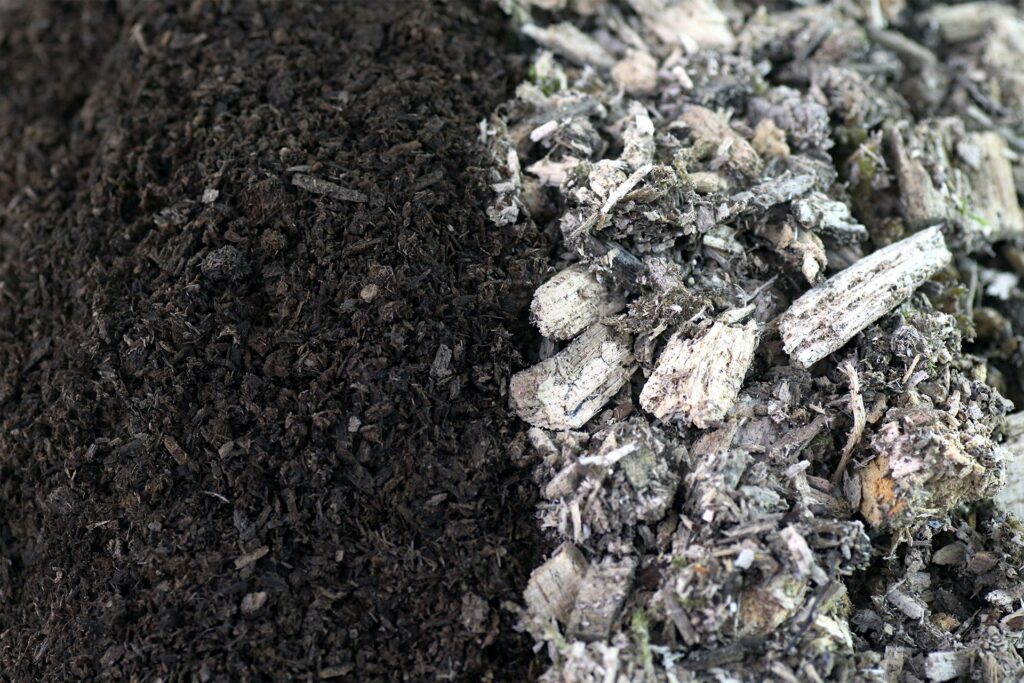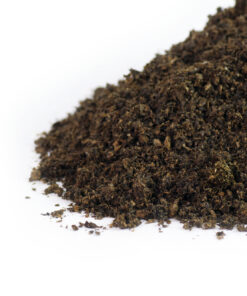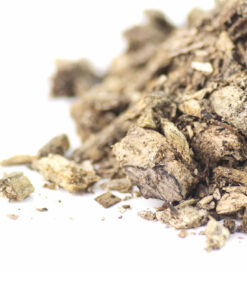News-Magazine
Flake Soil: What is the Japanese miracle substrate capable of?
Flake Soil as a substrate is currently the subject of controversy. Many are unsure whether the japanese miracle substrate has more advantages or disadvantages for their pets. In this article we take a look at the japanese miracle substrate and uncover the light and dark sides.
Flake Soil in your terrarium – It all started with forest humus and white rotten wood
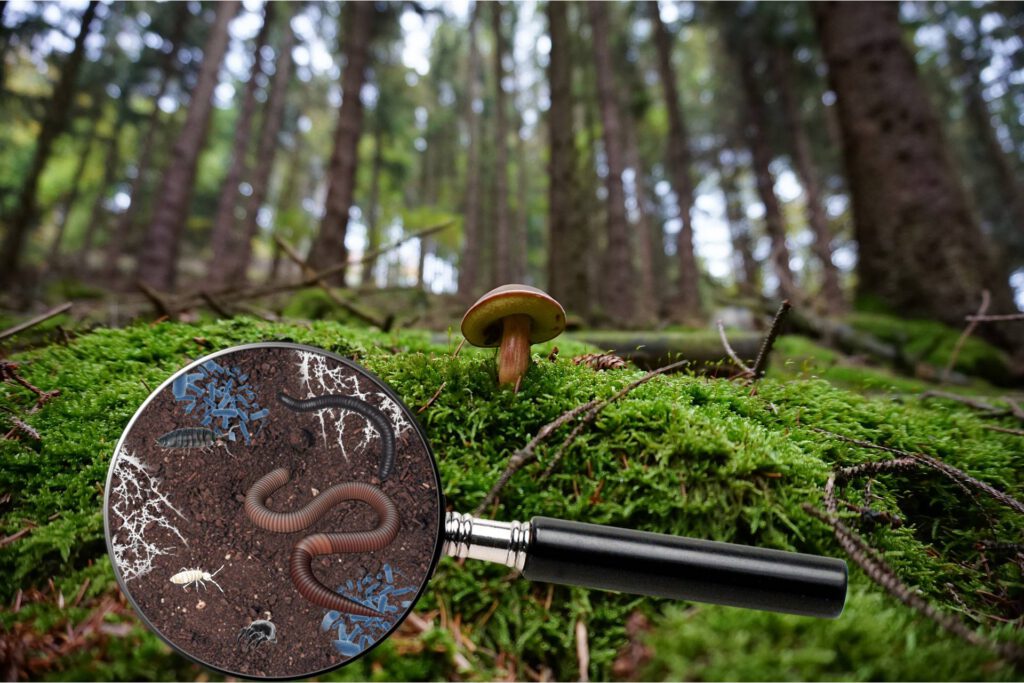
The beginning of Flake Soil
This was the standard until it was discovered that certain substances such as lignin are degraded far better by bacteria than by white rot moulds. In contrast to the white rot fungus, the bacteria spare the cellulose, which is an important energy supplier for the first decomposers. This accelerates the growth of the first decomposers.
In Japan, breeding beetles is a widespread hobby. Beetles are regarded there as optimal pets. They need little space, little attention and impress with their unusual colours and impressive shapes. Since keeping beetles also has a long tradition in Japan, real competitions have developed there. In these competitions, winners are determined who weigh the heaviest beetle larvae. In this way, not only are the husbandry parameters constantly optimised, but above all the quality of the food.
White rotten wood is time consuming
For a long time, white rotten wood was the main and standard food for all beetle breeders. White rot is the process of lignin degradation in wood by fungi. Lignin is a natural polymer and ensures lignification in plant cells, giving them stability and at the same time protecting the plant from microorganisms. To produce white-rotten wood, you need freshly cut hardwood and white-rot fungi to inoculate. Decomposition can take up to three years. If the hardwood is shredded beforehand, the process can be accelerated somewhat, but it remains time-consuming and space-intensive. By the way, collecting white rotten wood in the forest is not an option! For one thing, it is forbidden and there are heavy fines, and for another, the forest needs the deadwood. Through the newly created humus, the white rotten wood protects the forest from drying out. Last but not least, it also provides a natural habitat for many species.
Flake Soil is much more sustainable and cheaper
To produce Flake Soil, hardwood chips, wheat bran, bacteria for inoculation and water are needed. The maturing process takes four months and is therefore many times faster than the production of white rotten wood. This also makes Flake Soil cheaper than white rotten wood. The hardwood chips are a waste product of many sawmills, thus sustainable and gentle to our forests. We only use beech wood shavings that are marked with an FSC seal. Greenpeace recommends the purchase of FSC-certified wood products, which they, as an active FSC member, permanently try to improve.
Our experiences with Flake Soil
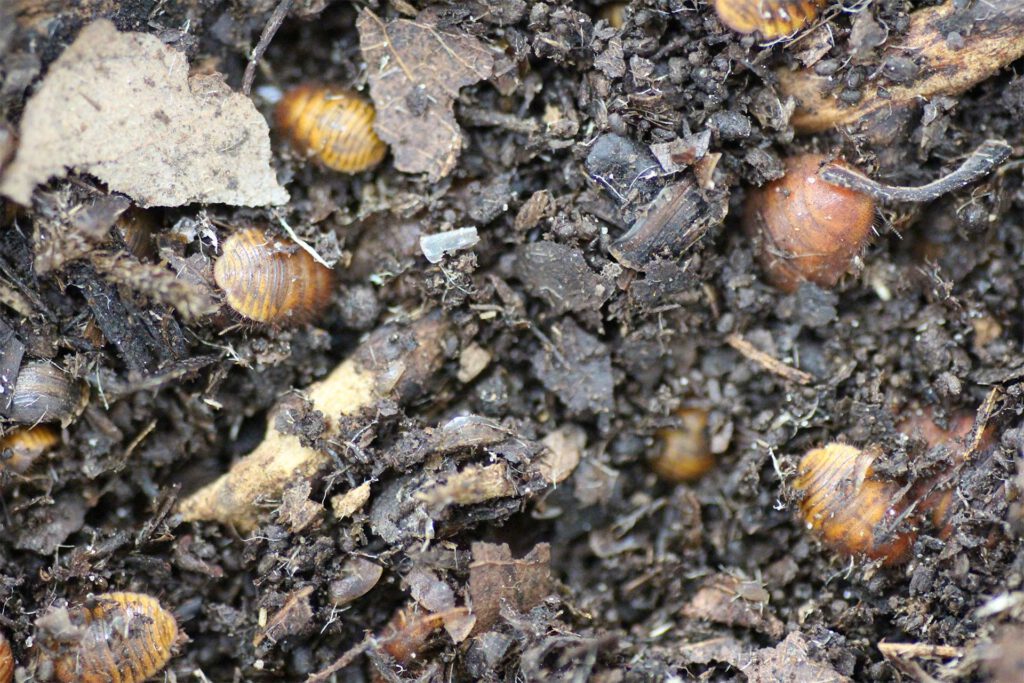
After our test, we switched all the breeding boxes where we require a higher offspring rate to the substrate with Flake Soil and foliage. It is worth mentioning that our foliage was also pre-fermented before feeding.
Downsides and side effects of Flake Soil
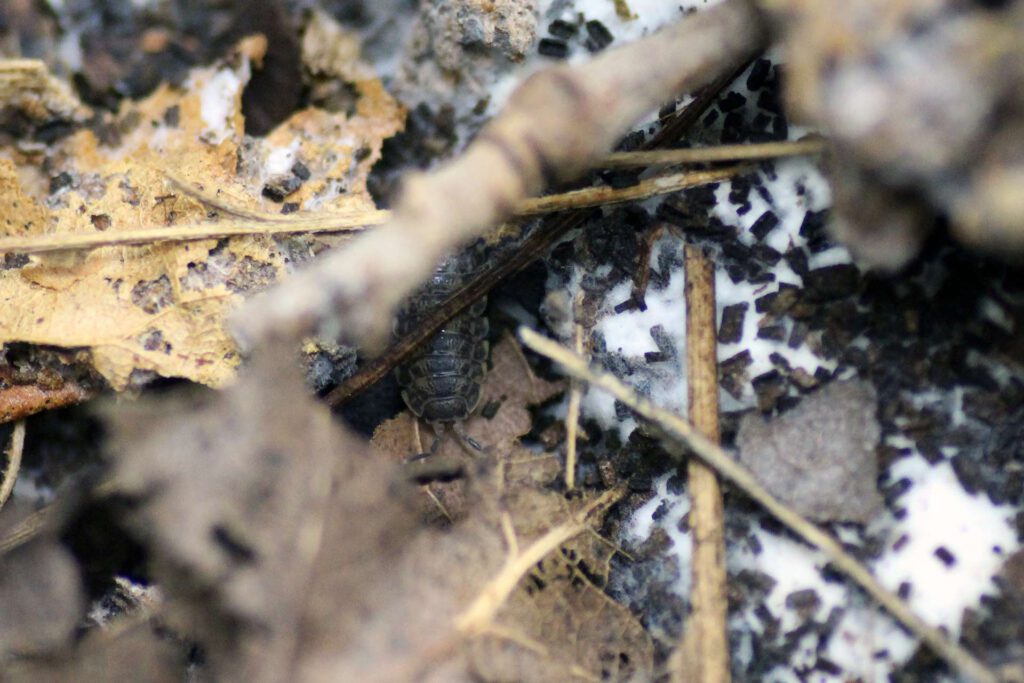
Even though Flake Soil is a rather unconventional alternative to our natural, white rotten wood, we have been able to breed healthy and stronger animals with great pleasure. Therefore, we will continue to use Flake Soil for our breeding. It should be said, however, that heat can develop in self-mixed Flake Soil if it has not been properly deposited and the fermentation process is not yet completely finished. In general, we have never noticed any heat development in the substrate, as we always use well-seasoned Flake Soil. However, if the Flake Soil is not fully fermented, there is a risk that it will continue to ferment in the terrarium and heat up to 60 °C can develop. For this reason, please pay attention to the colour of the Flake Soil. As long as it looks dark and earthy, you can assume that you have nothing to fear!



